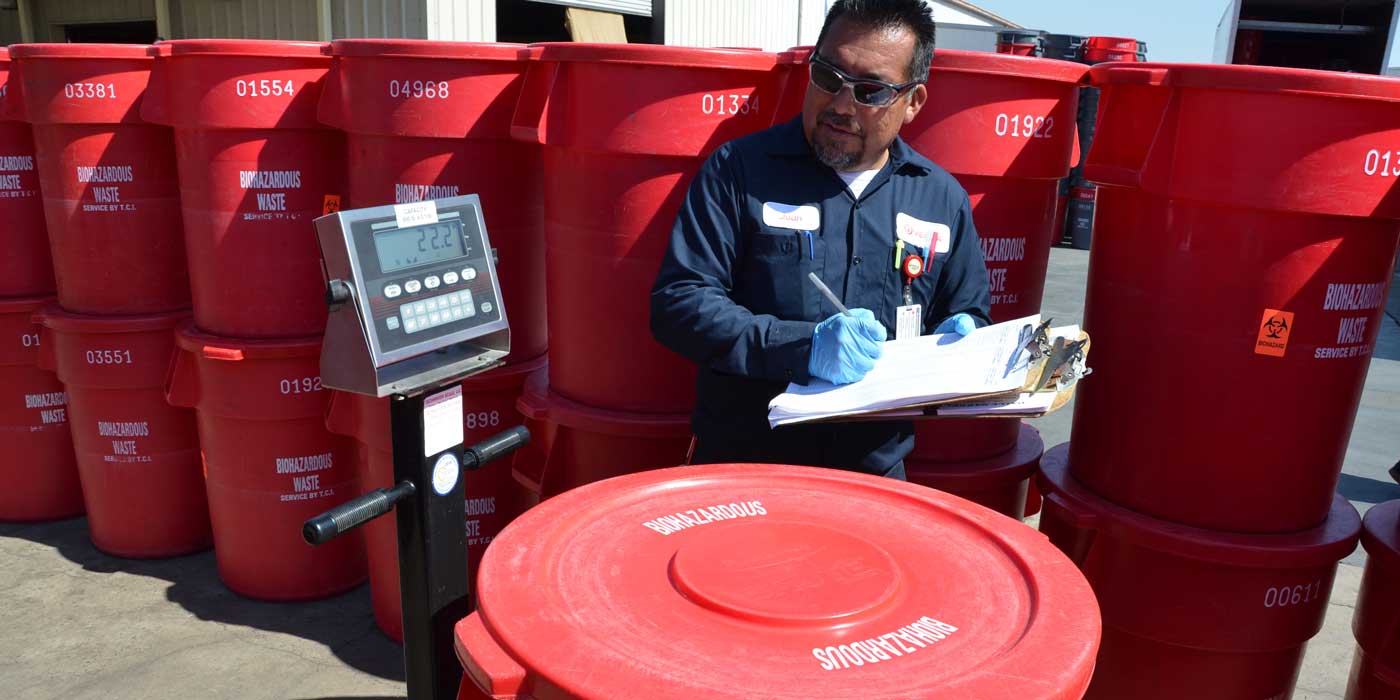Eco-Friendly Garbage Disposal Solutions for a Lasting Future
Environmentally friendly waste disposal options are not mere choices but imperatives for a sustainable future. From waste partition at the resource to energy healing from waste, a wide variety of methods exist to address the difficulties of waste disposal properly.

Waste Segregation at Source
When applying waste partition at source, people can substantially contribute to a lot more reliable recycling and waste management systems. By separating different types of waste such as paper, plastic, glass, and natural products right from the factor of disposal, the procedure of recycling comes to be structured, reducing contamination and raising the worth of recyclable materials. This technique not just preserves sources but also lessens the quantity of waste destined for garbage dumps or incineration.
Appropriate waste partition at the source is vital for promoting a circular economy where materials are reused, recycled, or composted instead of being thrown out as garbage. It likewise assists in the reliable collection and processing of recyclables by waste administration facilities - medical waste disposal. Communities that adopt waste segregation at the resource often experience price savings in waste monitoring and see a decrease in ecological pollution
Individuals play an essential role in the success of waste partition efforts by bearing in mind just how they take care of their waste - click here. Education and awareness projects can additionally motivate the fostering of these techniques, leading to a more sustainable and environmentally friendly technique to waste disposal
Composting and Organic Waste Management
An efficient approach for managing natural waste and advertising sustainability is with composting. Composting is a natural process that decomposes organic products like food scraps, backyard waste, and paper into nutrient-rich soil amendments. This procedure not just draws away organic waste from garbage dumps but also creates an important product that can improve dirt, enhance plant growth, and decrease the need for chemical plant foods.

Applying composting programs at the household, neighborhood, and metropolitan levels can dramatically minimize the quantity of natural waste that winds up in garbage dumps. Educational campaigns on composting best techniques and the advantages of organic waste diversion can even more motivate prevalent adoption of this environment-friendly waste monitoring solution. click here. Ultimately, composting provides a sustainable and functional strategy to managing organic waste while adding to a greener and even more sustainable future
Recycling and Upcycling Campaigns
One secret facet of promoting green waste management methods is with the execution of reusing and upcycling campaigns. Reusing entails handling used materials into new items to stop waste of possibly valuable sources. This procedure helps in reducing energy consumption, air pollution, and water contamination. Furthermore, recycling aids in the conservation of basic materials and decreases the requirement for traditional waste disposal techniques like landfilling and incineration.
Upcycling, on the other hand, is the innovative reuse of disposed of products or materials to produce items of better or worth than the initial. By upcycling, less waste is sent to land fills, and the demand for brand-new resources reduces. This sustainable practice promotes development and encourages people to check out waste as an important resource.
Both recycling and upcycling initiatives play an essential duty in advertising a circular economy and reducing the environmental effect of waste disposal. click here. By integrating these methods into day-to-day life, individuals can add to a much more sustainable future for generations ahead
Power Healing From Waste

There are numerous technologies used for energy healing from waste, including incineration, gasification, and anaerobic digestion. Incineration entails melting waste at high temperature levels to produce steam, which then drives turbines to create electricity. Gasification converts organic materials right into artificial gas, which can be used for electrical energy generation or as a fuel source. Anaerobic digestion breaks down organic waste to produce biogas, which can be used for heat or electrical energy manufacturing.

Community-Based Waste Reduction Programs
Using area interaction and participation is necessary in executing reliable waste reduction programs that enhance energy recuperation campaigns in sustainable waste monitoring practices. Community-based waste reduction programs include joint initiatives between homeowners, regional organizations, and authorities to decrease waste generation and boost recycling rates. These programs usually consist of academic projects to raise understanding about accountable garbage disposal practices, the significance of recycling, and the advantages of minimizing waste.
One common method is the facility of area recycling centers where locals can go down off recyclable products conveniently. These centers advertise reusing by making it quickly obtainable and providing resources for appropriate waste sorting. Furthermore, area clean-up occasions and area recycling drives assist infuse a feeling of ecological responsibility and unity among citizens.
Furthermore, community-based waste decrease programs can consist of campaigns such as composting workshops, multiple-use thing exchanges, and the promo of lasting methods in regional services - medical waste removal. By involving the community in waste reduction initiatives, these programs create a sense of ownership and collective responsibility towards building a more lasting future
Conclusion
Finally, implementing environmentally friendly waste disposal solutions such as waste segregation, composting, recycling, energy recuperation, and community-based programs is crucial for a lasting future. By taking on these techniques, we can minimize the ecological impact of waste generation and advertise a circular economy. It is crucial that federal governments, individuals, and businesses function with each other to prioritize lasting waste administration practices to shield our world for future generations.
From waste segregation at the resource to power recovery from waste, a wide variety of approaches exist to attend to the challenges of waste disposal sensibly. Educational initiatives on composting ideal practices and the advantages of try here organic waste diversion can better motivate prevalent fostering of this environmentally friendly waste monitoring service.Successfully utilizing power from waste materials is a critical technique in lasting waste administration techniques.Utilizing area engagement and engagement is necessary in executing efficient waste decrease programs that complement power recuperation initiatives in lasting waste monitoring practices.In verdict, implementing green waste disposal solutions such as waste partition, composting, reusing, energy healing, and community-based programs is critical for a sustainable future.